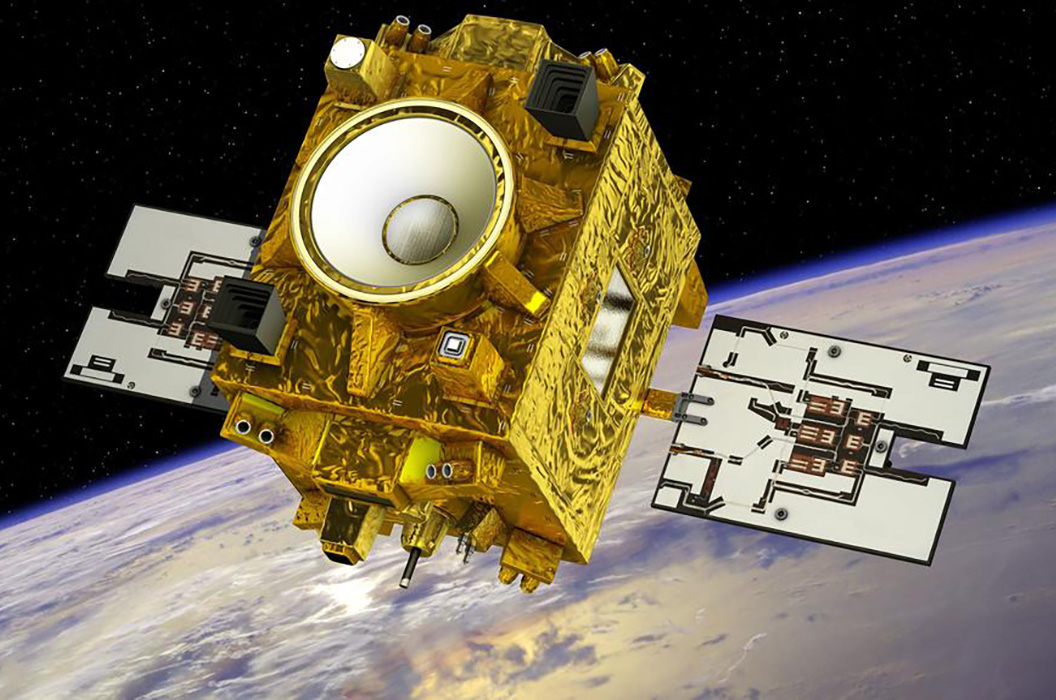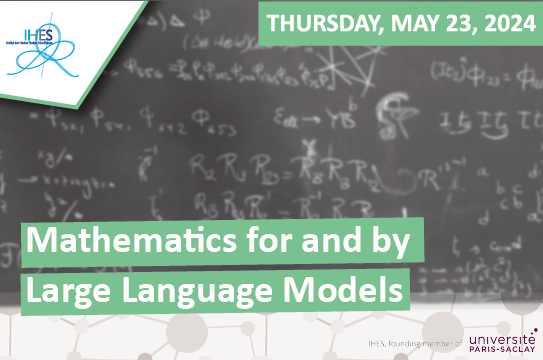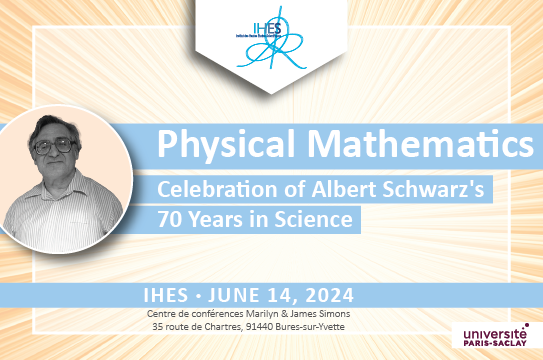 IHES
IHES
Publication of the last results of the MICROSCOPE mission
The last results of the MICROSCOPE mission (MICROSatellite à trainée Compensée pour l’Observation du Principe d’Équivalence) were published on September 14, 2022 and confirm the equivalence principle with an unprecedented precision of 10-15. This result confirms once again the theory of General Relativity proposed by Albert Einstein.
Launched in 2016, a century after the publication of Einstein’s theory, the MICROSCOPE mission aims to test the equivalence principle between inertia and gravitation, a fundamental pillar of General Relativity, postulating that all bodies fall in the same way in the vacuum.
The violation of the equivalence principle is predicted by some unification theories between gravitation and quantum physics. In particular, a weak but non-zero violation of the equivalence principle by the dilaton in string theory has been predicted by recent work studying the mechanism of cosmological attraction [1,2] – hence the importance of testing the equivalence principle with high precision.
The mission was designed by the Office National d’Etudes et de Recherches Aérospatiales (ONERA), in collaboration with the Observatoire de la Cote d’Azur (OCA), the CNES (Centre National d’Etudes Spatiales) and the ZARM (Bremen, Germany). Thibault Damour, a permanent professor at IHES and one of the world’s leading experts on gravitation, is a Member of the Microscope Science Working Group and was one of its initiators.
MICROSCOPE uses very advanced technologies to compare the free fall acceleration of two bodies of different compositions, one made of platinum, the other of titanium. The whole thing takes place aboard a satellite that orbited the Earth from April 2016 until October 2018, making 1,642 revolutions and thus traveling 73 million km, equivalent to half the Earth-Sun distance.
Preliminary results were published in 2017 – this was already a confirmation of the equivalence principle with unparalleled accuracy that allowed the mission’s co-investigators and project leaders to win the 2019 Grand Prix Servant of the French Academy of Sciences.
The analysis of the data collected during two and a half years by the ONERA and OCA scientific teams, with the contribution of CNES and the collaboration of European laboratories, was published on September 14, 2022 in two prestigious journals: Physical Review Letters, and Classical and Quantum Gravity. These latest results push the limits of the accuracy of the equivalence principle test even further.
With its results, MICROSCOPE provides important constraints on new theories of gravitation at a level of precision that researchers expect to remain unmatched for a long time.
The press release by ONERA and CNES
Thibault Damour explains the motivations and the theoretical background of the mission – December 2019 (in French)
The conference in honor of the MICROSCOPE mission that took place at IHES in December 2019 (in French).
[1] T. Damour, A. M. Polyakov, The String dilaton and a least coupling principle, Nucl. Phys. B 423, 532-558 (1994) doi:10.1016/0550-3213(94)90143-0, [arXiv:hep-th/9401069]
[2] T. Damour, F. Piazza, G. Veneziano, Runaway dilaton and equivalence principle violations, Phys. Rev. Lett. 89, 081601 (2002) doi:10.1103/PhysRevLett.89.081601 [arXiv:gr-qc/0204094]



